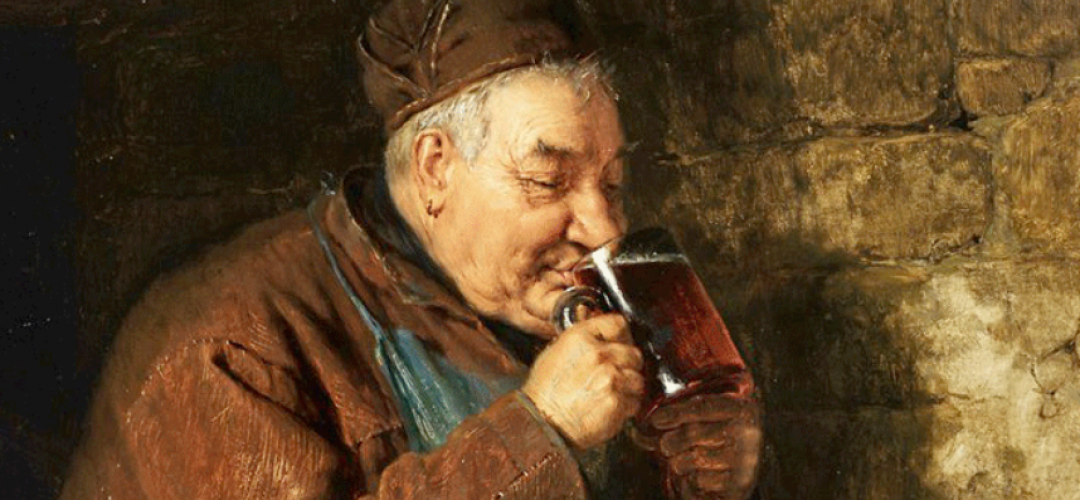Humanity has always had a drinking problem. From our hunter-gatherer days, to when we settled down to farm and onto the modern day where we produce alcoholic drinks in industrial quantities; consumption of alcohol has defined us socially, culturally, and even religiously.
Pinpointing when, or where, our obsession with ethanol started would be impossible, but it may be worthwhile to take a glimpse into the animal kingdom. While most reports of drunken animals are apocryphal, rhesus macaques have been shown to adopt remarkably human drinking patterns when given access to alcohol. Another example is that of a Swedish elk who made headlines getting stuck in a tree hunting for fermenting apples.
It wouldn’t be too presumptuous to assume that we discovered the effects of ethanol through fermented fruit or grains in the same way. The earliest archeological evidence of alcohol consumption was found in China dated to around 7000 BC. This is roughly the time that the first evidence of agriculture appears. While it can’t be proven that we took up farming to produce alcohol, it was certainly one of the first substances we manufactured.
At this point, all alcohol was produced through fermentation. Fermentation is the process where sugar is converted into gas (generally carbon dioxide), alcohol, and acids in the absence of oxygen. The key component is yeast, a fungus which metabolises glucose into ethanol and carbon dioxide. While being used in both baking and brewing since the ancient Egyptians, yeasts were only confirmed to be living organisms in 1837.
The earliest types of alcohol produced were beer (made from cereals such as wheat or barley) and wine (made from fruit such as grapes). Wine was easier to produce as crushing grapes started fermentation, whereas beers required chewing the grain and spitting it into a container. Early beer was thicker, less alcoholic, and more nutritious than modern beer, being closer to soup. In ancient Egypt beer was a daily necessity- the government used beer, along with bread, as wages for labourers and soldiers. As such, it was considered a dietary staple rather than a recreational drink.
On the other hand, wine was a luxury item often reserved for the elites and the gods. Wild grapes didn’t grow naturally in Egypt as the climate was too dry, but by 3000 BC wine was being produced in the Nile Delta. Egyptian wines were often very sweet as the dry climate shrivelled the grapes, making it difficult to ferment the sugar into ethanol. Wine was also made from the sap of the date palm in both Egypt and Mesopotamia, although this tended to spoil quickly after fermentation.
Being a reserve of the elite, it is unsurprising that wine was consumed in excess – Egyptian tomb paintings show passed out men being carried away by their servants, and women vomiting while their heads were being held by servants. In that sense, not much has changed in the past few thousand years.
And with that reflection on last weekend, we are out of space. Join us again soon to discover the wonders of a time when gin was cheaper than beer!
Joe Hendley
(Image courtesy of Comedy Central)

